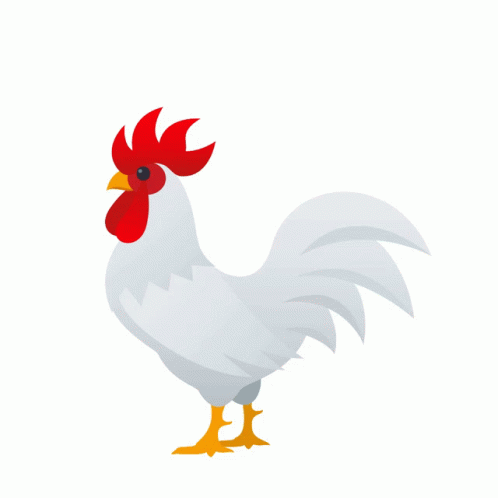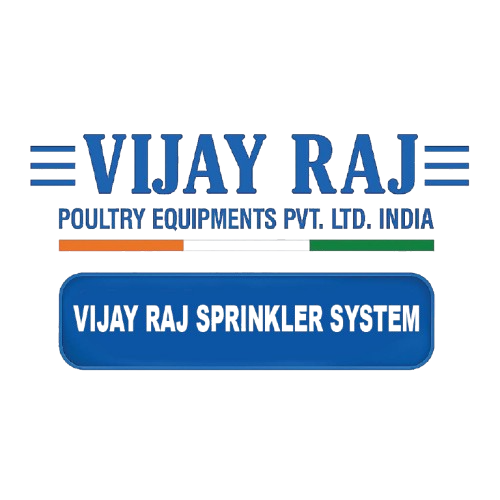- Home
- Company Profile
-
Products
-

Breeders
- VJR - California System
- VJR - Comfort Plus System
- VJR - Automax (Vertical Farming)
- VJR - Nesting System (Automatic / Manual)
-

Broilers
- VJR - Manual Feeding & Drinking
- VJR - Automatic Pan Feeding System
- VJR - Automax (Vertical Farming)
-

Pre-Engineered Buildings
- Open/Closed Houses for Broiler / Breeders and Layers
- Warehouses
-

Others
- Vijay Raj Fogging System
- Vijay Raj Sprinkler System
- Vijay Raj Box Fans
- Vijay Raj Cooling Pads for EC Houses
- Vijay Raj Egg Trays
- Vijay Raj Chick Transportation Boxes
- Vijay Raj Bird Transportation Boxes
- Vijay Raj Gas Brooders
- Vijay Raj Electrical Brooders
- Vijay Raj Flame Gum
- Vijay Raj Raking Machine
- Vijay Raj De-Beaker
- Vijay Raj Vaccinator
-
- Careers
- Gallery
- News & Events
- Blogs
- Contact









